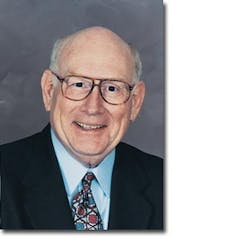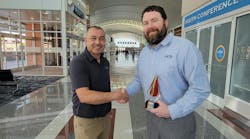The “Hudson River Miracle”— a miracle or the end result of concentrated effort, training, and professionalism? Probably all of the above. Should we now include the passenger in the equation? Can well-trained passengers help further improve survivability?
Fact 1: The industry — including airlines, airports, crews, and yes, the guvmint — has been working on improving emergency survivability.
Fact 2: On December 20, 2009, a Continental flight ran off the runway in Denver, caught fire, and burned. All passengers and crew were evacuated with no fatalities.
Fact 3: Less than one month later, a U.S. Airways flight went into the Hudson. All pax and crew were evacuated with no fatalities.
I suggest these facts provide strong indications that industry efforts have greatly improved emergency survivability. That doesn’t mean the job is finished and everyone can relax. It means that survivability can be improved and the rewards are magnificent. Let’s continue these efforts.
Perhaps we should more fully include the passenger in industry efforts. We’ve come a long way since pax were treated like children who should see nothing and hear nothing about the possibility of an accident, lest they panic and quit flying. We now have cabin announcements that include such horrifying words as fire, water, crash, and escape. The public has not quit flying.
We have emergency exit doors by which you cannot sit unless you are ready, willing, and able to follow emergency procedures. Pax have taken all of this in stride.
Is it time to provide more training for pax? I think so.
I have for some time believed that major airports should have emergency doors mounted and on display in terminals. Pax should be invited to practice opening the doors, and perhaps receive a certificate for doing so.
In the 1970s, when I sold Cessna ag aircraft, the airplanes had an emergency door removal system. The pilot pulled a handle, the door popped off, and the pilot escaped. I tried several times to pull those handles. I couldn’t. I once challenged Cessna folks at the factory; they couldn’t pull it either. A short time later Cessna changed the pull handle to a lever and thereafter the door was easily operated. Did they change it because of my little demo? Probably not, but I like to think so.
I don’t know about you, but I’d love the chance to open one of those emergency exits. I’d like to know how it feels, how hard it is, and how big the opening is once the door is open.
Passengers have proven very important in handling terrorists on board. Should we have voluntary passenger courses on helping in such situations?
Trained passengers could be important in aviation safety. I hope we try it.





